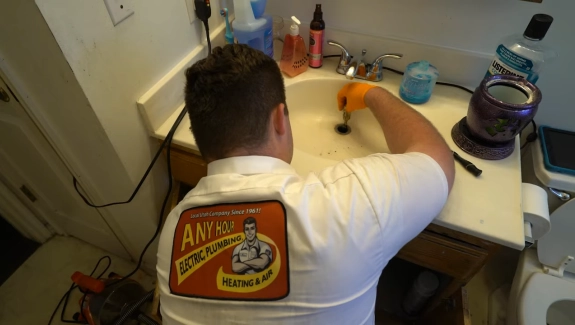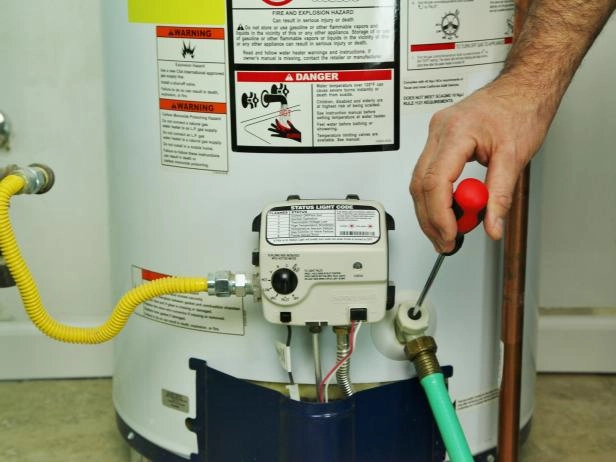Bio-Treatment: There are bio-treatment options that you can add to prevent clogs from forming in the first place. They’re made of an enzyme and bacteria mixture that eats the organic material that builds up in your pipes. That will prevent most clogs without eating away your pipes. You can use most bio-treatment brands once a month for the best results.
Cleaning Sink Drains By Hand: Most of the time when a sink drain is running slow, the problem is in the first section of pipes. All you need to do is unscrew everything and wash the pieces out with soapy water. And you only need to do it when you notice a slow drain. If it’s a sink a lot of people use, that may be every month. You can check the link down below for a video walking you through how to do it.

Drain Cabling: If you have a blockage farther down your pipes, cabling can clear it out. It pokes a hole through almost any blockages to give the water a path to flow. Certain lines inside, like the kitchen sink, back up more often. They may need something like a cable to clear it every once in a while. Outside lines shouldn’t ever need a cable. If they do, then there’s a bigger problem going on.
Hydro-Jetting: When you need to get your pipes back to where they should be, the best way is often to hydrojet them. Hydrojetting is a process that uses high-pressure water to scour the inside of your pipes. Like cabling, some drains will likely need a hydrojet to clean them at some point. Also like cabling, your sewer lines shouldn’t ever need it unless there's a bigger problem.
